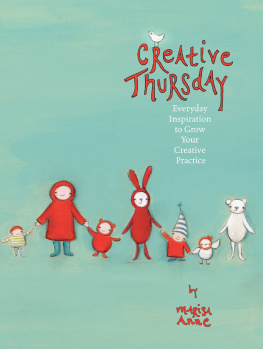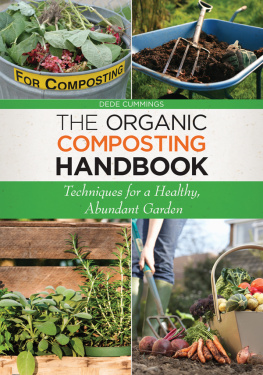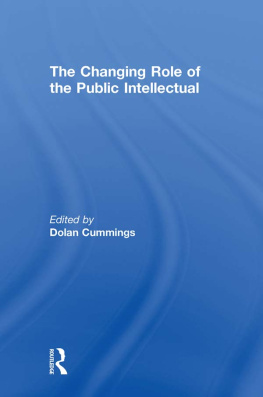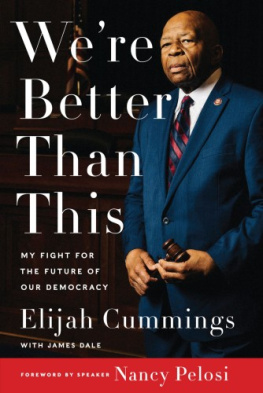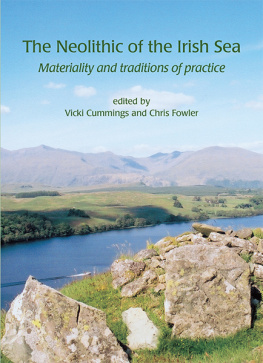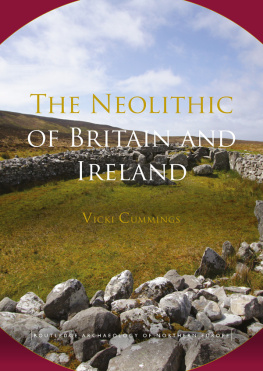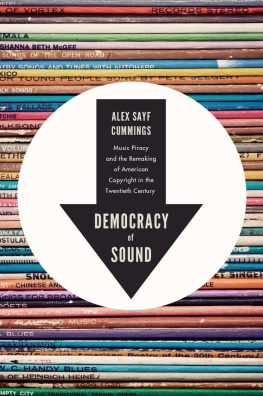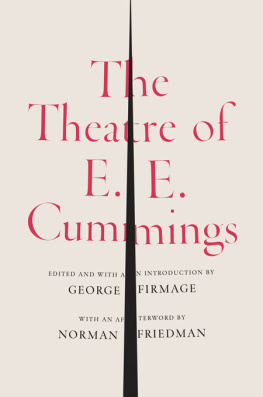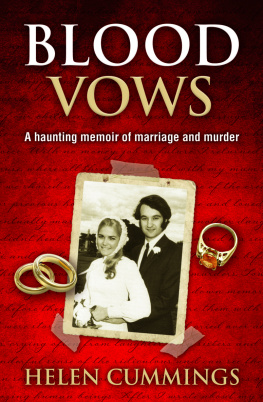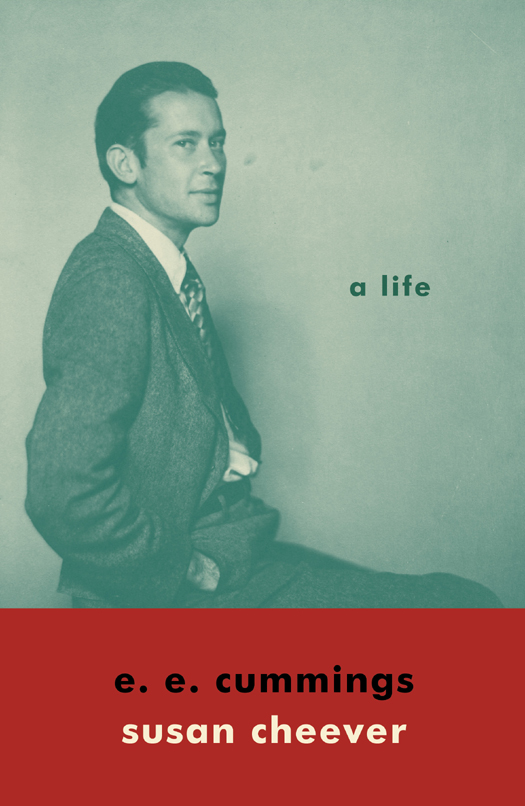Copyright 2014 by Susan Cheever
All rights reserved. Published in the United States by Pantheon Books, a division of Random House LLC, New York, and in Canada by Random House of Canada Limited, Toronto, Penguin Random House companies.
Pantheon Books and colophon are registered trademarks of Random House LLC.
Grateful acknowledgment is made to the Liveright Publishing Corporation for permission to reprint the following: annie died the other day, All in green went my love riding, Buffalo Bills, crazy jay blue), Christ but theyre few, I sing of Olaf glad and big, I thank You God for most this amazing, if there are any heavens my mother will(all by herself)have, in Just-, Jehovah buried, Satan dead,, kumrads die because theyre told), let it gothe, loves function is to fabricate unknowness, may I feel said he, may my heart always be open to little, Me up at does, my father moved through dooms of love, old age sticks, the Cambridge ladies who live in furnished souls, this is the garden: colours come and go,, the boys I mean are not refined, when serpents bargain for the night to squirm; excerpts from Thou aged unreluctant earth who dost, Listen, you morons great and small from Complete Poems: 19041962 by E. E. Cummings, edited by George J. Firmage. Copyright 1923, 1925, 1926, 1931, 1935, 1938, 1939, 1940, 1944, 1945, 1946, 1947, 1948, 1949, 1950, 1951, 1952, 1953, 1954, 1955, 1956, 1957, 1958, 1959, 1960, 1961, 1962, 1963, 1966, 1967, 1968, 1972, 1973, 1974, 1975, 1976, 1977, 1978, 1979, 1980, 1981, 1982, 1983, 1984, 1985, 1986, 1987, 1988, 1989, 1990, 1991 by the Trustees for the E. E. Cummings Trust. Copyright 1973, 1976, 1978, 1979, 1981, 1983, 1985, 1991 by George James Firmage. Excerpts from Selected Letters of E. E. Cummings edited by F. W. Dupee and George Stade. Copyright 1969 by the Trustees for the E. E. Cummings Trust. Excerpts from The Enormous Room, A Typescript Edition with drawings by the Author, by E. E. Cummings, edited by George James Firmage. Copyright 1978 by the Trustees for the E. E. Cummings Trust. Copyright 1978 by George James Firmage. Excerpts from Eimi by E. E. Cummings. Copyright 1933, 1961 by the Trustees for the E. E. Cummings Trust. Excerpts from I: Six Nonlectures by E. E. Cummings. Copyright 1953, 1981 by the Trustees for the E. E. Cummings Trust. Excerpts from Diary by E. E. Cummings. Copyright by the Trustees for the E. E. Cummings Trust. Reprinted by permission of the Liveright Publishing Corporation, a division of W. W. Norton & Company.
Library of Congress Cataloging-in-Publication Data
Cheever, Susan.
E. E. Cummings : a life / Susan Cheever.
pages cm
ISBN 978-0-307-37997-9 (hardcover) ISBN 978-0-307-90867-4 (eBook)
1. Cummings, E. E. (Edward Estlin), 18941962. 2. Poets, American
20th centuryBiography. I. Title.
PS 3505. U 334 Z 565 2013 811.52dc23 [B] 2013004225
www.pantheonbooks.com
Front-of-jacket photograph by J. Sibley Watson, c. 1930s.
Courtesy of Houghton Library, Harvard University, MS Am 1892.11 (93)
Jacket design by Peter Mendelsund
v3.1
For my son, Warren,
and for our friend Liam Rector
What I propose, then, is this: that you give Mr. Cummings enough rope. He may hang himself; or he may lasso a unicorn.
Edna St. Vincent Millays
recommendation to the Guggenheim Foundation
for her Greenwich Village neighbor E. E. Cummings
Contents
PREFACE
A Visit to the Masters School
During the last years of his life E. E. Cummings made a modest living on the high-school lecture circuit. In the spring of 1958 his schedule brought him to read his adventurous poems at an uptight girls school in Westchester where I was a miserable fourteen-year-old sophomore with failing grades.
I vaguely knew that Cummings had been a friend of my fathers; my father loved to tell stories about Cummingss gallantry, and Cummingss ability to live elegantly on almost no moneyan ability my father himself struggled to cultivate. When my father was a young writer in New York City, in the golden days before marriage and children pressured him to move to the suburbs, the older Cummings had been his beloved friend and adviser.
On that cold night in 1958, Cummings was near the end of his brilliant and controversial forty-year career as this countrys only true modernist poet. Primarily remembered these days for its funky punctuation, Cummingss work was in fact a wildly ambitious attempt at creating a new way of seeing the world through language. Part of a powerful group of writers and artists, many of whom were Cummingss friendsJames Joyce, Gertrude Stein, Hart Crane, Marianne Moore, Ezra Pound, Marcel Duchamp, Pablo Picasso, Henri Matissehe struggled to reshape the triangle between the reader, the writer, and the subject of the poem, novel, or painting. As early as his 1915 Harvard College graduation valedictorian speech, Cummings told his audience that the New Art, maligned though it may be by fakirs and fanatics, will appear in its essential spirit as a courageous and genuine exploration of untrodden ways.
Modernism as Cummings and his mid-twentieth-century colleagues embraced it had three parts. The first was the exploration of using sounds instead of meanings to connect words to the readers feelings. The second was the idea of stripping away all unnecessary things to bring attention to form and structure: the formerly hidden skeleton of a work would now be exuberantly visible. The third facet of modernism was an embrace of adversity. In a world seduced by easy understanding, the modernists believed that difficulty enhanced the pleasures of reading. In a Cummings poem the reader must often pick his way toward comprehension, which comes, when it does, in a burst of delight and recognition. Like many of his fellow modernists (there were those who walked out of Stravinskys Rite of Spring, and viewers were scandalized by Marcel Duchamps Nude Descending a Staircase), Cummings was sometimes reviled by the fakirs and fanatics of the critical establishment. Princeton poet Richard P. Blackmur said Cummingss poems were baby talk, and poetry arbiter Helen Vendler called them repellent and foolish: What is wrong with a man who writes this? she asked.
Nothing was wrong with Cummingsor Duchamp or Stravinsky or Joyce, for that matter. All were trying to slow down the seemingly inexorable rush of the world, to force people to notice their own lives. In the twenty-first century, that rush has now reached Force Five; we are all inundated with information and given no time to wonder what it means or where it came from. Access without understanding and facts without context have become our daily diet.
Although in the 1950s and 60s Cummings was one of the most popular poets in America, he sometimes didnt make enough money to pay the rent on the ramshackle apartment in Greenwich Village on Patchin Place where he lived with the incandescently beautiful model Marion Morehouse. This bothered Cummings not at all. He was delighted by almost everything in life except for the institutions and formal rules that he believed sought to deaden feelings. Guilt is the cause of more disauders / than historys most obscene marorders, Cummings wrote.
Cummings was an American aristocrat with two degrees from Harvard; my father had been headed for Harvard when he was expelled from high school, and he adored Cummingss combination of academic success and lighthearted lack of reverence for academic success. In spite of his establishment background, Cummings treated the establishment with an amused contempt.



